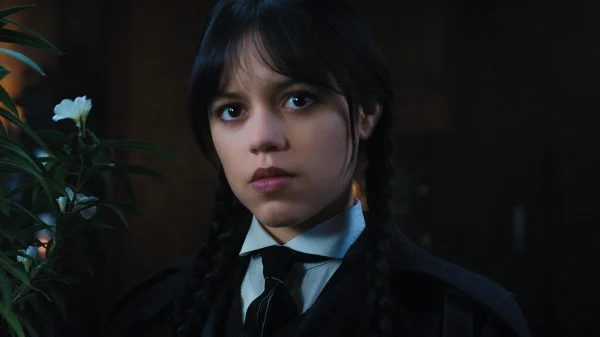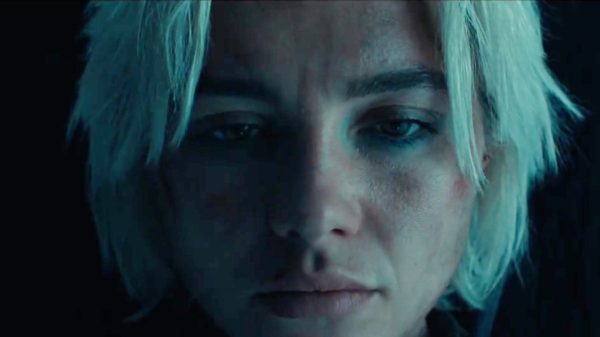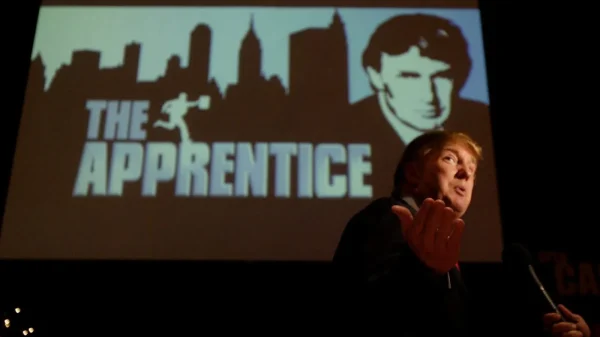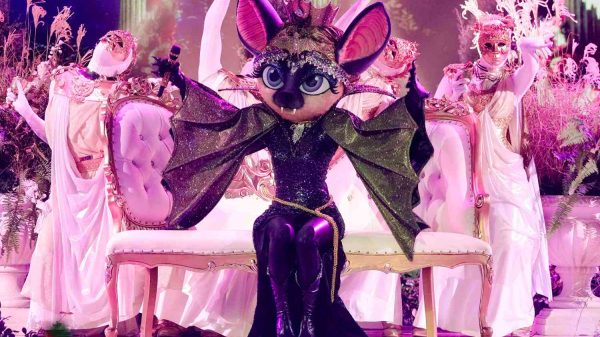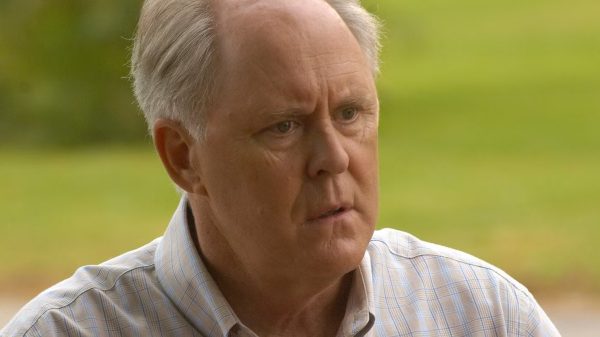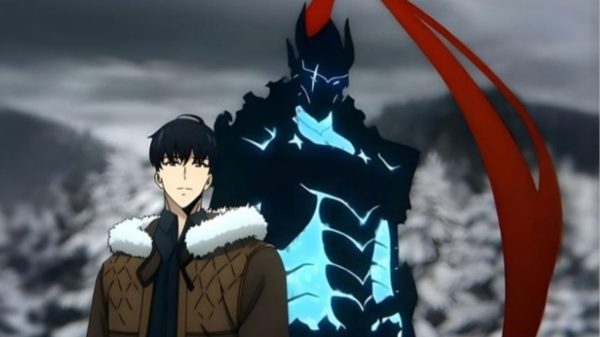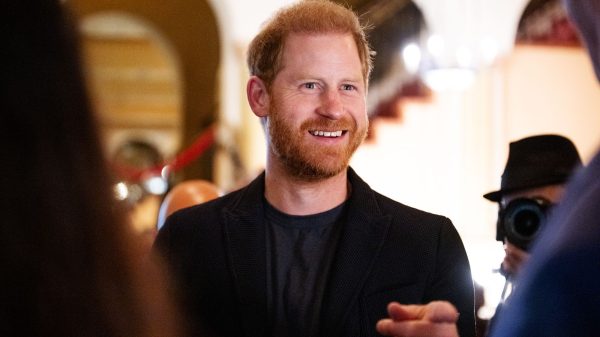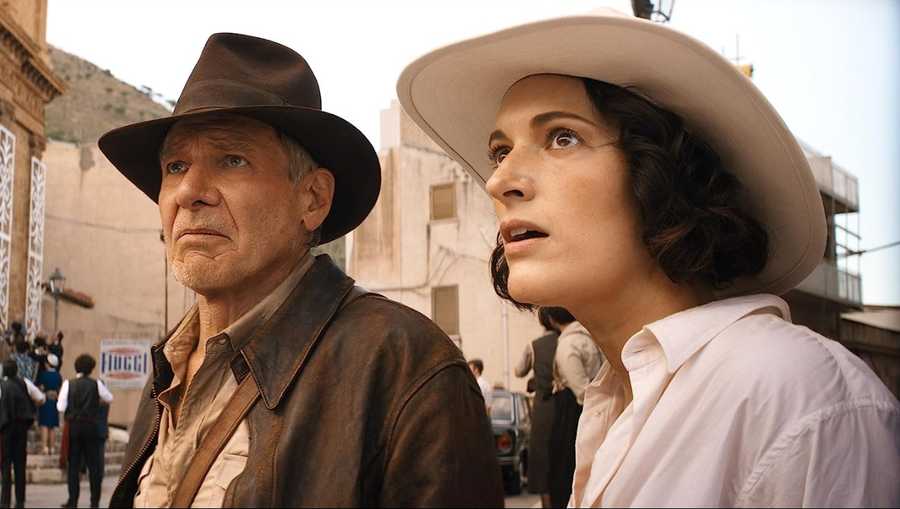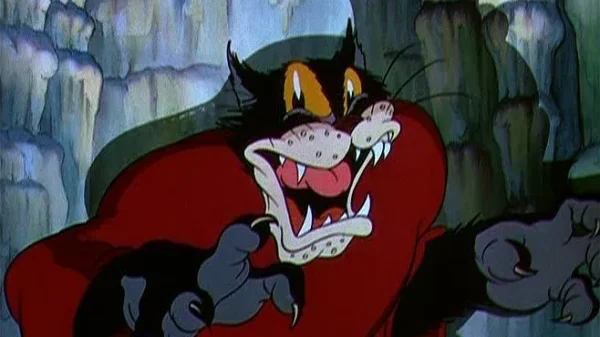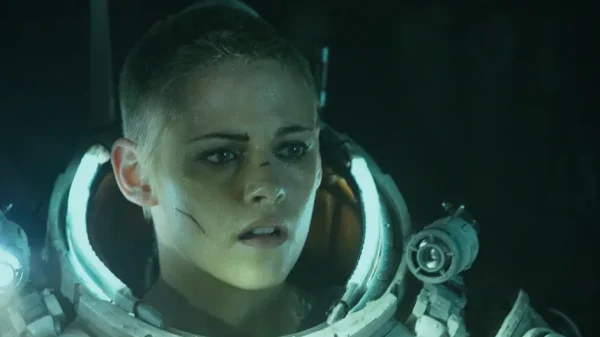Despite the anticipation surrounding the release of “Indiana Jones & the Dial of Destiny,” the film failed to generate the expected profits for Disney, according to a recent report. The financial setback for the sequel is attributed primarily to its ballooning budget, which soared to $387.2 million, with $79 million allocated to post-production expenses.
The disappointment continued as the global gross of $384 million was not sufficient to offset the film’s production costs, leaving Disney with a substantial loss of $134.2 million. The significant portion of the gross claimed by theaters, coupled with the absence of revenue from marketing costs and merchandise sales, exacerbated the financial woes for the House of Mouse.
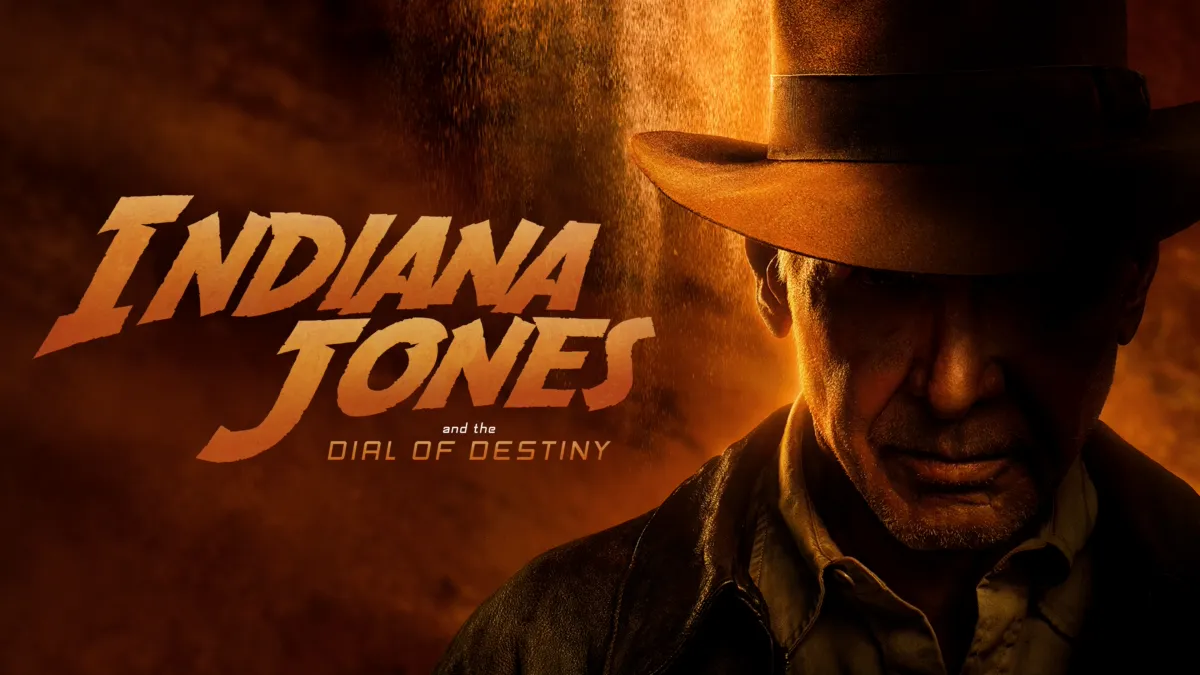
Indiana Jones & the Dial of Destiny (Disney)
Despite the iconic presence of Harrison Ford reprising his role as Indiana Jones, the sequel struggled to entertain audiences, particularly given the lukewarm reception to its predecessor, “Indiana Jones and the Kingdom of the Crystal Skull.” With fans already divided over the franchise’s direction, the lackluster response to early screenings and a tepid Rotten Tomatoes score further dampened prospects for success.
Additionally, the film’s appeal skewed towards older demographics, failing to engage younger viewers who typically drive box office numbers. While existing fans appreciated the sequel, evidenced by the solid audience score on Rotten Tomatoes, Disney’s significant investment in a franchise with limited contemporary appeal proved to be a miscalculation.
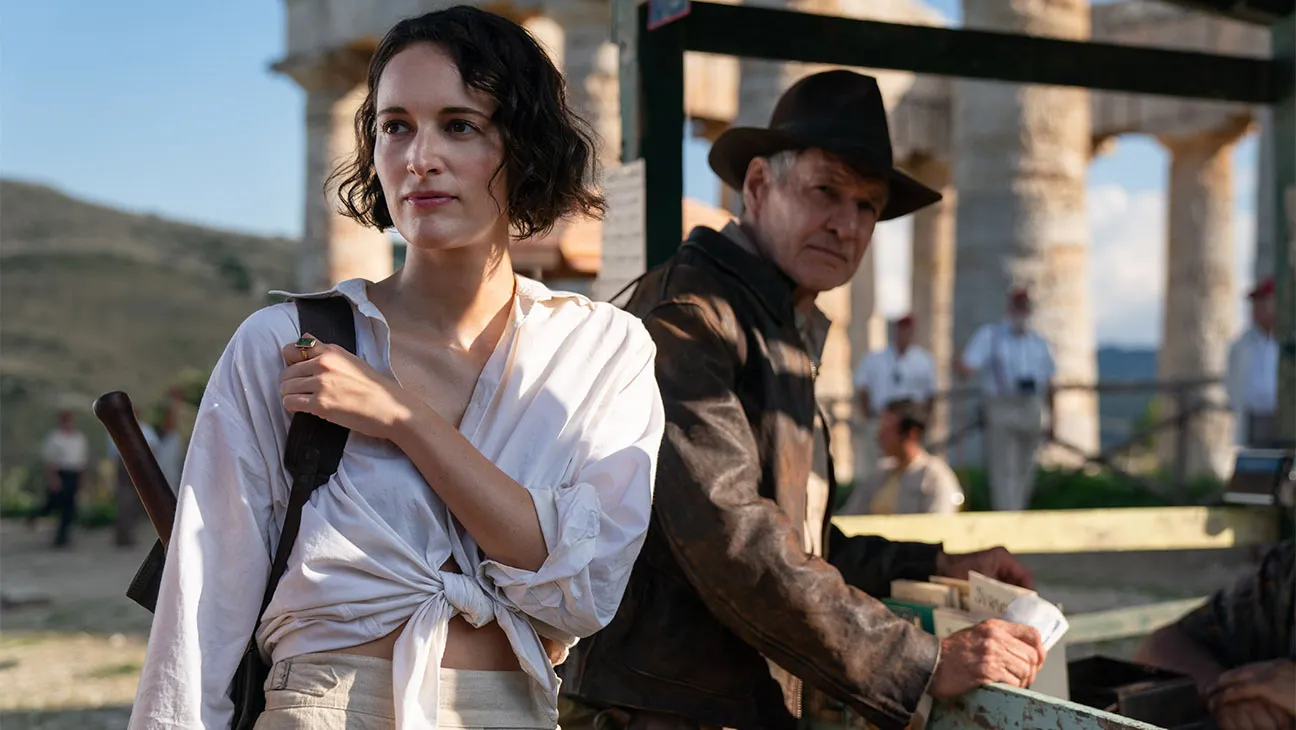
Indiana Jones & the Dial of Destiny (Disney)
In hindsight, the lack of widespread enthusiasm for “Indiana Jones & the Dial of Destiny” underscores the challenges of revitalizing a decades-old franchise in today’s competitive market. Despite the best efforts to reignite the excitement surrounding the adventurous archaeologist, the sequel’s underperformance serves as a cautionary tale for studios navigating the delicate balance between nostalgia and contemporary audience preferences.

